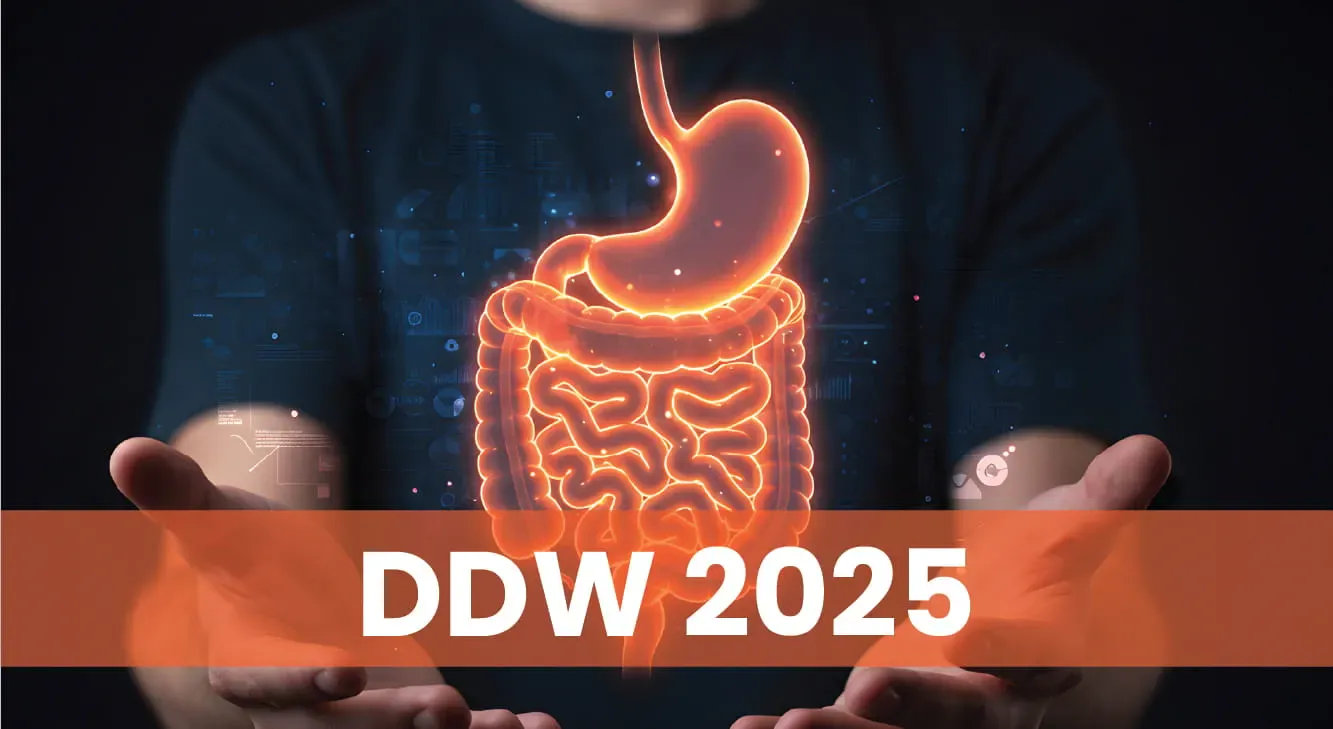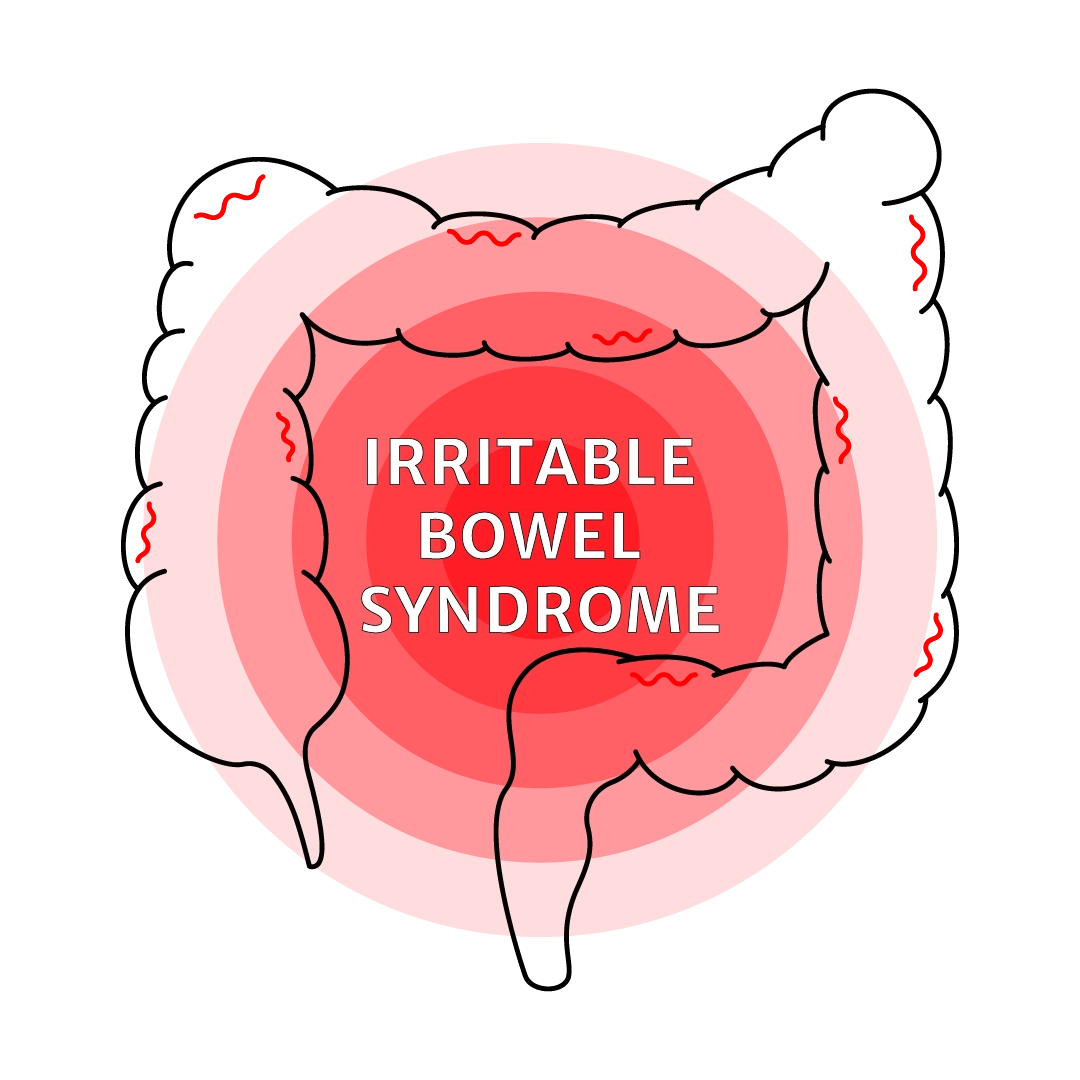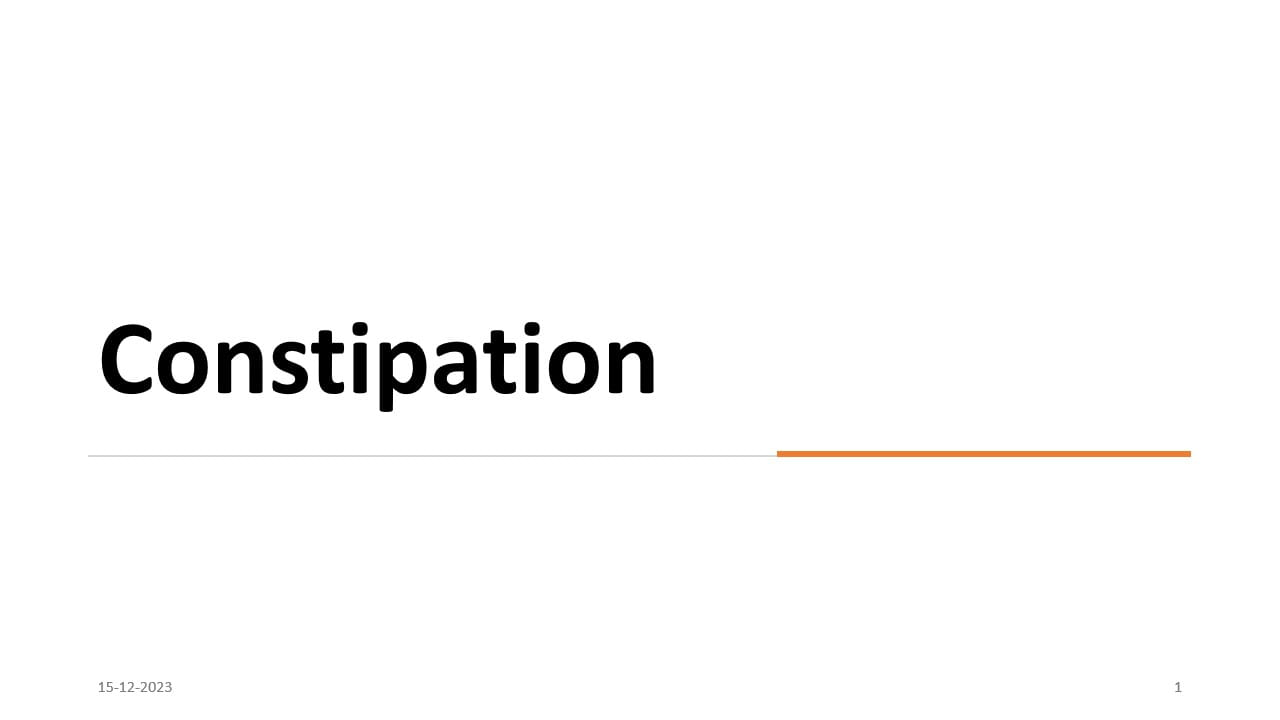Introduction:
Anti-TNF therapy in patients with inflammatory bowel disease (IBD) has been associated with an elevated risk of tuberculosis (TB). While baseline TB screening is routinely conducted before initiating treatment, the role of repeat screening during therapy remains unclear due to limited evidence. This meta-analysis was undertaken to determine the proportion of patients with IBD who develop latent TB infection (LTBI) during anti-TNF therapy, as indicated by positive conversion (PC) on TB screening tests.
Methods:
A systematic review was performed across MEDLINE, Embase, and LILACS databases up to July 2024. Studies included adult IBD patients undergoing anti-TNF treatment who had a prior negative TB screening and were asymptomatic. A single-arm meta-analysis using a random-effects model was conducted to estimate the pooled PC rate. Studies with active TB cases or lacking baseline screening were excluded. Between-study heterogeneity was assessed using Cochran’s Q and I² statistics. Subgroup analyses were carried out based on geography, age, disease type, anti-TNF agent, and TB testing method (TST or IGRA).
Results:
-
A total of 13 studies from 9 countries, involving 1,153 patients, were analyzed.
-
The overall PC rate was found to be 9.20% (95% CI: 5.32–15.45).
-
By region: Europe (11.03%), Asia (11.04%), United States (1.11%), Spain (4.51%) and America (3.34%); with Portugal (18.01%) showing the highest national rate.
-
By subgroups: Adults >18 years (9.72%), Crohn’s disease patients (12.17%), and infliximab users (12.28%).
-
By test: TST-based studies reported a PC rate of 7.48%, while IGRA-based studies showed a rate of 4.20%.
-
Statistically significant heterogeneity was identified across countries (p < 0.01), but not across study design or test type (p = 0.67 and p = 0.34, respectively).
Conclusion:
This study found that patients with inflammatory bowel disease (IBD) receiving anti-TNF therapy may have a positive conversion (PC) rate of 9.20% on tuberculosis (TB) screening tests; however, there was considerable heterogeneity and variability across the included studies. Higher conversion rates were noted in European and Asian populations. These findings suggest that a uniform screening policy may not be optimal, and that repeat screening protocols should be tailored to local epidemiology and individual patient risk factors.
Digestive Disease Week 2025, May 3rd – 6th, San Diego




